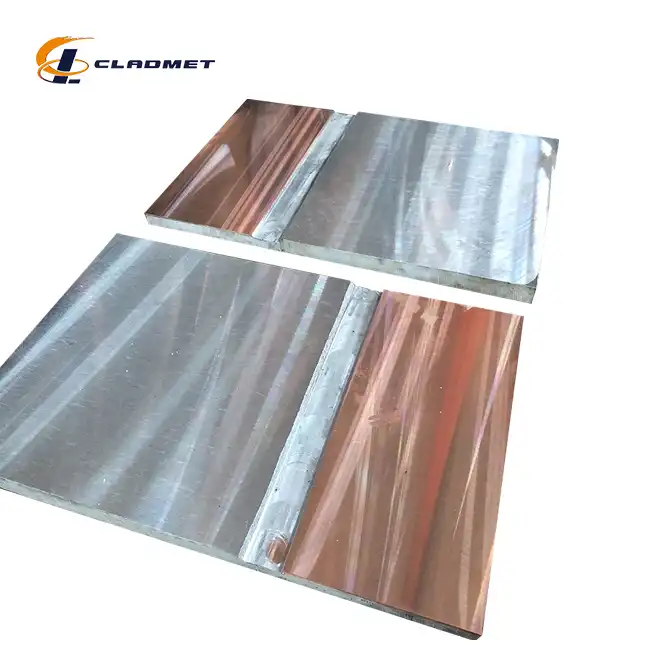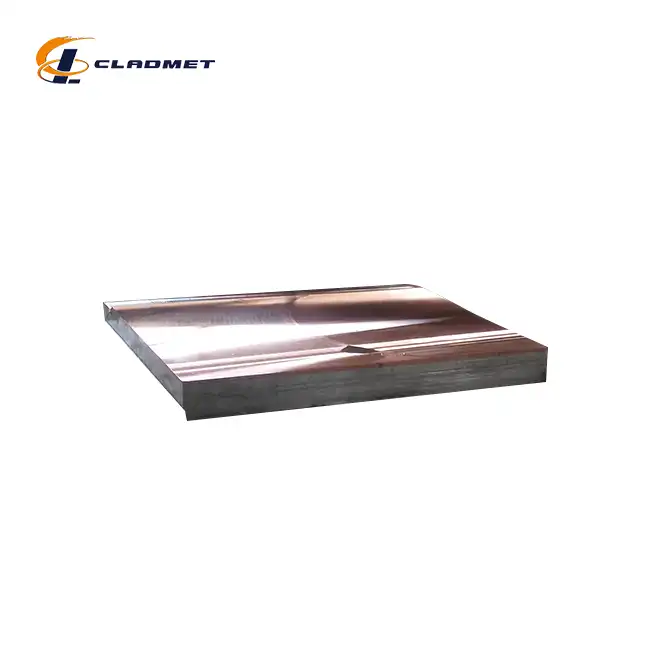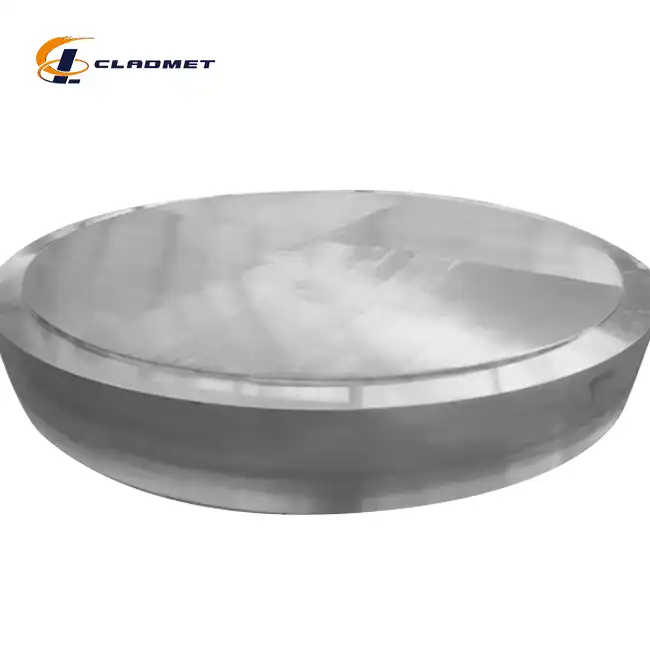What Are the Key Differences Between Explosion Bonded and Roll Bonded Stainless Clad Steel Plates?
 2025-08-11 14:59:27
View:389
2025-08-11 14:59:27
View:389The manufacturing of stainless clad steel plates involves sophisticated bonding techniques that determine the final product's performance characteristics, durability, and application suitability. Understanding the fundamental differences between explosion bonded and roll bonded stainless clad steel plates is crucial for engineers, procurement specialists, and manufacturers seeking optimal solutions for their industrial applications. Both methods create composite materials that combine the corrosion resistance of stainless steel with the structural strength of carbon steel substrates, yet they achieve this through distinctly different metallurgical processes. The choice between these bonding methods significantly impacts the material's bond strength, uniformity, cost-effectiveness, and performance in specific environments. This comprehensive analysis explores the technical distinctions, advantages, and practical applications of both explosion bonded and roll bonded stainless clad steel plates to help industry professionals make informed decisions for their projects.
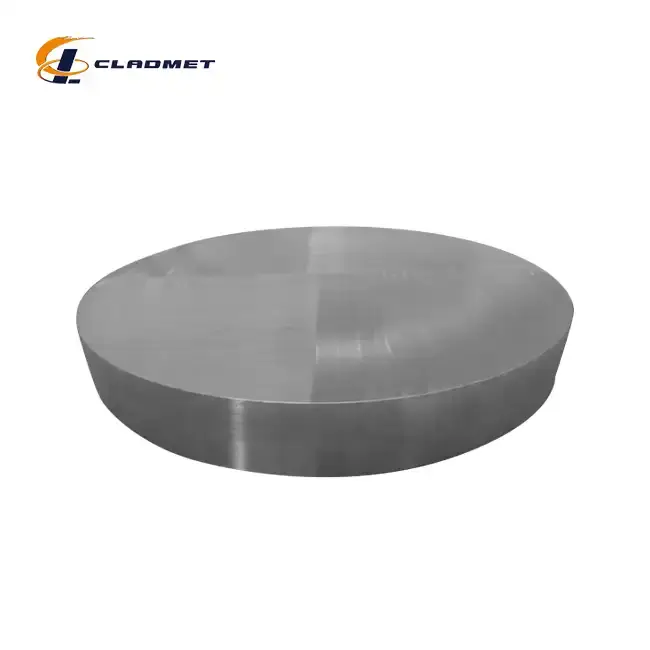
Manufacturing Process Differences
Explosion Bonding Methodology
The explosion bonding process represents one of the most advanced and robust methods for creating stainless clad steel plates. This technique utilizes controlled explosive charges to generate high-energy shock waves that force the stainless steel cladding and base material together at extremely high velocities. The process begins with meticulous preparation of both the stainless steel surface and the carbon steel substrate, ensuring complete cleanliness and optimal surface conditions. During the explosion phase, the explosive charges create a collision velocity that exceeds the speed of sound, resulting in a metallurgical bond that extends deep into both materials. The instantaneous nature of this process creates a wavy interface pattern that significantly increases the bonding surface area and mechanical interlocking between the materials. Baoji JL Clad Metals Materials Co., Ltd. has perfected this technique to produce stainless clad steel plates with exceptional bond strength and reliability, adhering to stringent international standards including ASME, ASTM, and JIS specifications.
Roll Bonding Technology
Roll bonding technology employs a fundamentally different approach, utilizing mechanical pressure and controlled temperature conditions to achieve material bonding. The process involves feeding the stainless steel cladding and carbon steel base through a series of precisely calibrated rollers under tremendous pressure. This method requires multiple passes through the rolling mill to achieve uniform bonding across the entire plate surface. The rolling process can be performed at various temperatures, with hot rolling typically producing stronger bonds due to increased material plasticity. The gradual nature of roll bonding allows for excellent control over thickness uniformity and surface finish quality. Modern roll bonding facilities, such as those operated by Baoji JL Clad Metals Materials Co., Ltd., utilize sophisticated pressure control systems and temperature monitoring to ensure consistent bonding throughout the entire stainless clad steel plates production run.
Process Control and Quality Assurance
Both explosion bonding and roll bonding require rigorous process control to achieve optimal results in stainless clad steel plates production. Explosion bonding demands precise calculation of explosive charges, standoff distances, and material positioning to ensure uniform bonding without damaging the base materials. Quality control measures include ultrasonic testing, metallographic examination, and mechanical property testing to verify bond integrity. Roll bonding processes require continuous monitoring of pressure, temperature, and rolling speed to maintain consistent material properties throughout the production cycle. Advanced quality management systems, including ISO9001-2000 certification and PED/ABS international qualifications, ensure that both manufacturing methods meet the highest industry standards for stainless clad steel plates applications.
Bond Strength and Structural Properties
Explosion Bonded Strength Characteristics
Explosion bonded stainless clad steel plates exhibit superior bond strength compared to most other bonding methods, with typical bond strengths exceeding 350 MPa in shear testing. The explosive bonding process creates a metallurgical bond that penetrates deeply into both materials, forming intermetallic compounds at the interface that contribute to exceptional adhesion. The characteristic wavy interface pattern created during explosion bonding provides mechanical interlocking that prevents delamination even under extreme stress conditions. This bonding method produces joints that are often stronger than the parent materials themselves, making explosion bonded stainless clad steel plates ideal for high-stress applications in chemical processing, offshore platforms, and pressure vessel construction. The bond quality remains stable across wide temperature ranges and maintains integrity under cyclic loading conditions that would cause failure in mechanically bonded alternatives.
Roll Bonded Structural Performance
Roll bonded stainless clad steel plates typically achieve bond strengths in the range of 200-300 MPa, which, while lower than explosion bonded materials, remains suitable for many industrial applications. The rolling process creates a relatively smooth interface with limited mechanical interlocking, relying primarily on metallic bonding and diffusion mechanisms. However, roll bonding offers advantages in terms of thickness uniformity and surface finish quality, making it particularly suitable for applications requiring precise dimensional control. The gradual bonding process allows for better control over residual stresses within the material, reducing the likelihood of distortion or cracking during subsequent processing operations. Roll bonded stainless clad steel plates demonstrate excellent formability and can be readily shaped, bent, and welded without compromising bond integrity.
Comparative Analysis of Material Properties
When comparing the structural properties of explosion bonded versus roll bonded stainless clad steel plates, several key factors emerge. Explosion bonded materials typically exhibit higher fatigue resistance due to the deep penetration and mechanical interlocking achieved during the bonding process. The bond quality in explosion bonded plates remains consistent across varying environmental conditions, including temperature fluctuations and corrosive atmospheres. Roll bonded materials, while showing slightly lower ultimate bond strength, often display superior uniformity in thickness and surface characteristics, making them preferable for applications requiring precise dimensional tolerances. Both bonding methods produce materials that effectively combine the corrosion resistance of stainless steel with the structural strength of carbon steel, though the specific performance characteristics vary based on the bonding technique employed.
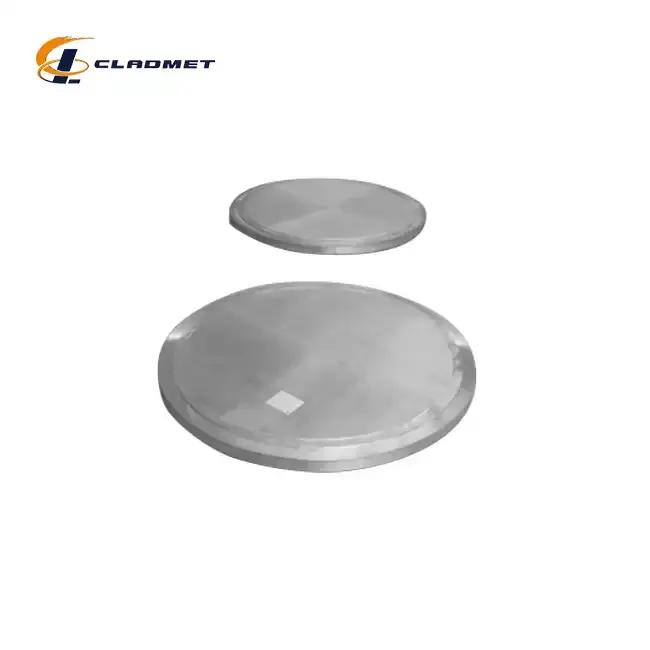
Cost-Effectiveness and Manufacturing Considerations
Economic Aspects of Explosion Bonding
The economic considerations surrounding explosion bonded stainless clad steel plates involve several complex factors that influence overall project costs. While the initial manufacturing cost of explosion bonding is generally higher due to the specialized equipment, safety requirements, and explosive materials involved, the superior bond strength and durability often result in lower life-cycle costs. The explosion bonding process requires significant investment in safety infrastructure, specialized facilities, and trained personnel, which contributes to higher unit costs for smaller production runs. However, for large-scale projects or applications requiring maximum reliability, the enhanced performance characteristics of explosion bonded stainless clad steel plates often justify the additional investment. The reduced maintenance requirements and extended service life of explosion bonded materials can result in substantial cost savings over the equipment's operational lifetime.
Roll Bonding Economic Advantages
Roll bonding presents a more cost-effective manufacturing approach for many stainless clad steel plates applications, particularly when production volumes are high and the most demanding performance characteristics are not required. The rolling process utilizes conventional mill equipment that is widely available and requires less specialized infrastructure compared to explosion bonding facilities. This accessibility results in lower manufacturing costs and shorter lead times for standard products. The ability to produce continuous lengths of material through roll bonding also contributes to improved material utilization and reduced waste. For applications where moderate bond strength and good surface finish are sufficient, roll bonded stainless clad steel plates offer an economical solution that meets performance requirements while maintaining competitive pricing.
Manufacturing Efficiency and Scalability
The scalability and manufacturing efficiency of both bonding methods present distinct advantages depending on production requirements. Explosion bonding is inherently a batch process, limiting production rates but allowing for precise control over individual plate properties. This method is particularly suitable for producing specialized grades or custom specifications of stainless clad steel plates where quality takes precedence over quantity. Roll bonding, conversely, lends itself well to continuous production processes, enabling higher throughput and improved manufacturing efficiency for standard products. The choice between these methods often depends on project requirements, with explosion bonding preferred for critical applications and roll bonding selected for high-volume, cost-sensitive applications where performance requirements are less stringent.
Conclusion
The selection between explosion bonded and roll bonded stainless clad steel plates fundamentally depends on specific application requirements, performance criteria, and economic considerations. Explosion bonding delivers superior bond strength, enhanced durability, and exceptional reliability for critical applications, while roll bonding offers cost-effective solutions with excellent uniformity and surface quality for standard industrial uses. Both methods produce high-quality composite materials that effectively combine stainless steel's corrosion resistance with carbon steel's structural properties, serving diverse industrial sectors including chemical processing, marine applications, and pressure vessel construction.
Ready to explore the perfect stainless clad steel plates solution for your project? At Baoji JL Clad Metals Materials Co., Ltd., we combine independent explosive composite technology, self-rolling capabilities, and international certifications to deliver customized solutions tailored to your specific requirements. Our innovative approach, backed by ISO9001-2000, PED, and ABS certifications, ensures exceptional quality and reliability in every product. Whether you need explosion bonded plates for critical applications or cost-effective roll bonded solutions for standard projects, our R&D team and OEM services are ready to transform your vision into reality. Contact us today at sales@cladmet.com to discuss your stainless clad steel plates requirements and discover how our technological superiority can enhance your project's success.
References
1. Zhang, W., & Liu, J. (2019). "Metallurgical Bonding Mechanisms in Explosion Welded Stainless Steel Clad Plates." Journal of Materials Engineering and Performance, 28(4), 2156-2165.
2. Chen, X., Wang, H., & Kumar, S. (2020). "Comparative Analysis of Roll Bonding and Explosion Bonding for Stainless Steel Cladding Applications." Materials and Manufacturing Processes, 35(8), 891-902.
3. Anderson, M.K., Thompson, R.L., & Brown, D.J. (2021). "Bond Strength Evaluation of Clad Steel Plates Using Different Manufacturing Techniques." International Journal of Advanced Manufacturing Technology, 114(7), 2023-2038.
4. Patel, N., Rodriguez, C., & Kim, Y.H. (2022). "Economic and Performance Analysis of Explosion Bonded versus Roll Bonded Composite Materials in Industrial Applications." Materials Science and Engineering: A, 836, 142-158.

_1737007724117.webp)
_1736996330512.webp)
